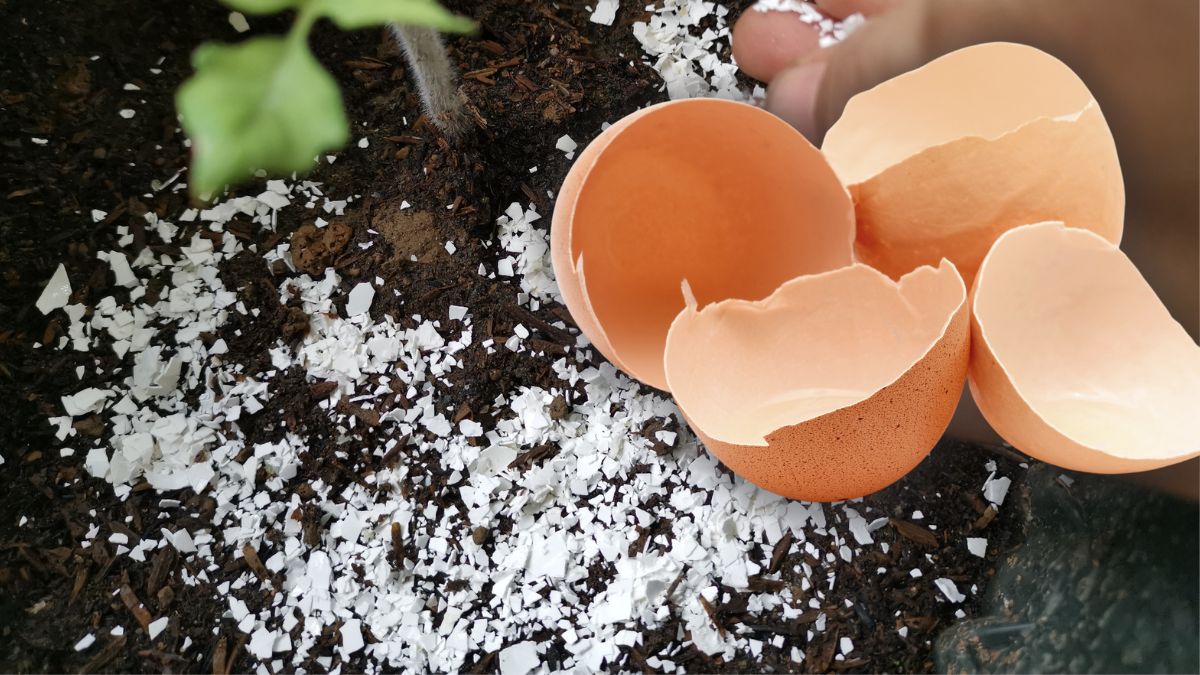Many home gardeners overlook the need to test their soil to verify its water pH and quantity of vital plant nutritional components before planting. Having the soil fertility level at its optimum for tomatoes is essential for good plant growth and high-quality fruit yield. Here is the ultimate guide for preparing garden soil for tomatoes.
The deeper the soil is mixed, working in a cover crop or added organic compost plus soil-test recommended lime and fertilizer will enhance plant growth. Roto-tilling the soil will destroy its structure and is not recommended.
The most common errors made are failing to correct an acid soil condition, excessive nitrogen (N) and phosphorus (P) fertilization, and not having the major cations, potassium (K), calcium (Ca), and magnesium (Mg) in balance.
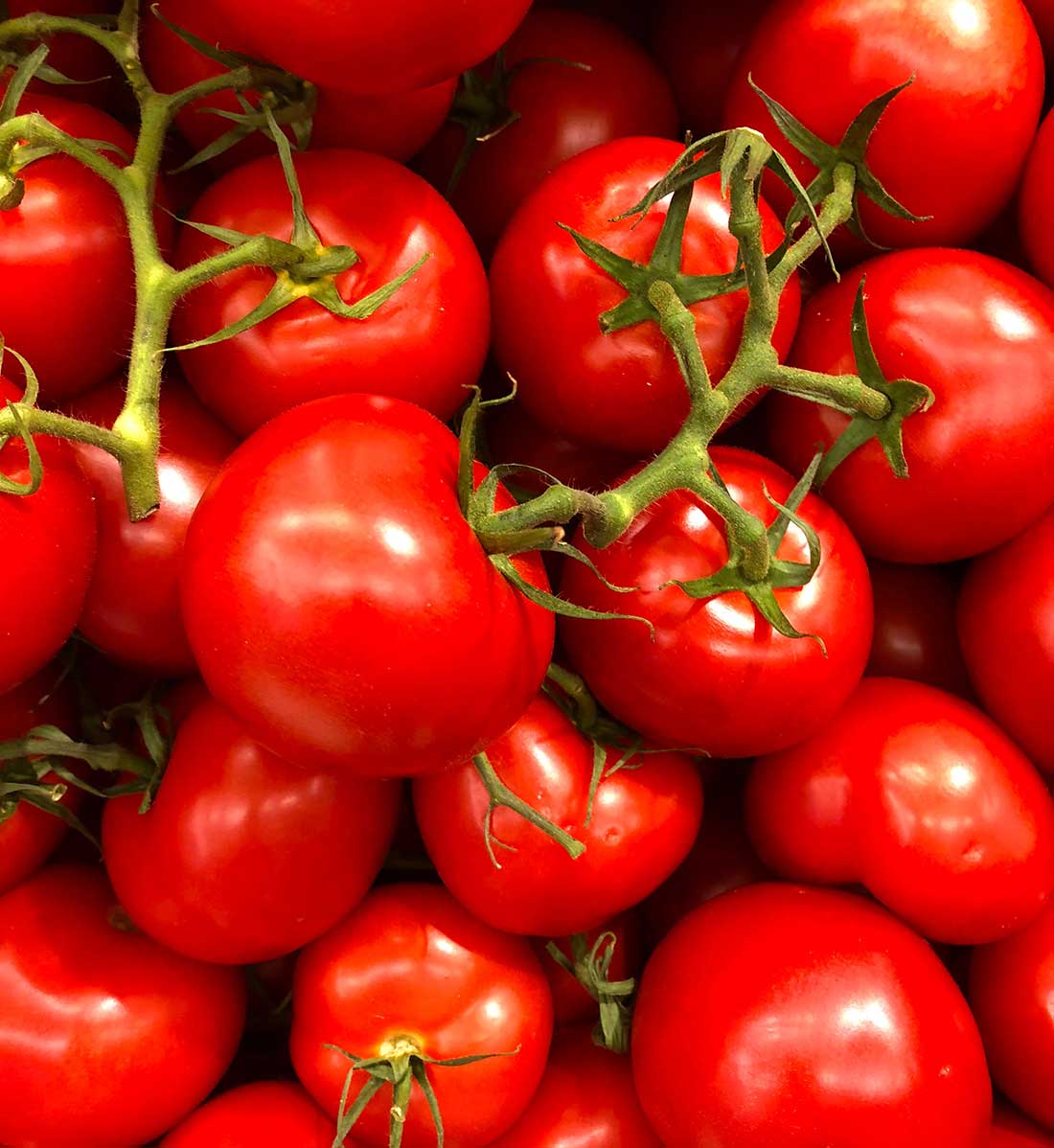
In most instances, the micronutrient elements are not needed and should not be added as supplements in a mixed fertilizer – not that it will do harm; however, in terms of improved plant growth and fruit output, the expense of these components as fertilizer is not justified.
All of the essential nutrient elements should be present in the soil at planting; therefore, no supplementation would be necessarily doing the growing season. Keeping the soil around the plant root moist, not wet, will ensure maximum plant growth and a high fruit yield during the growing season.
For best water use, have an access hole in the ground near the base of the plant and add water when needed into that access hole.
Foliar Fertilization
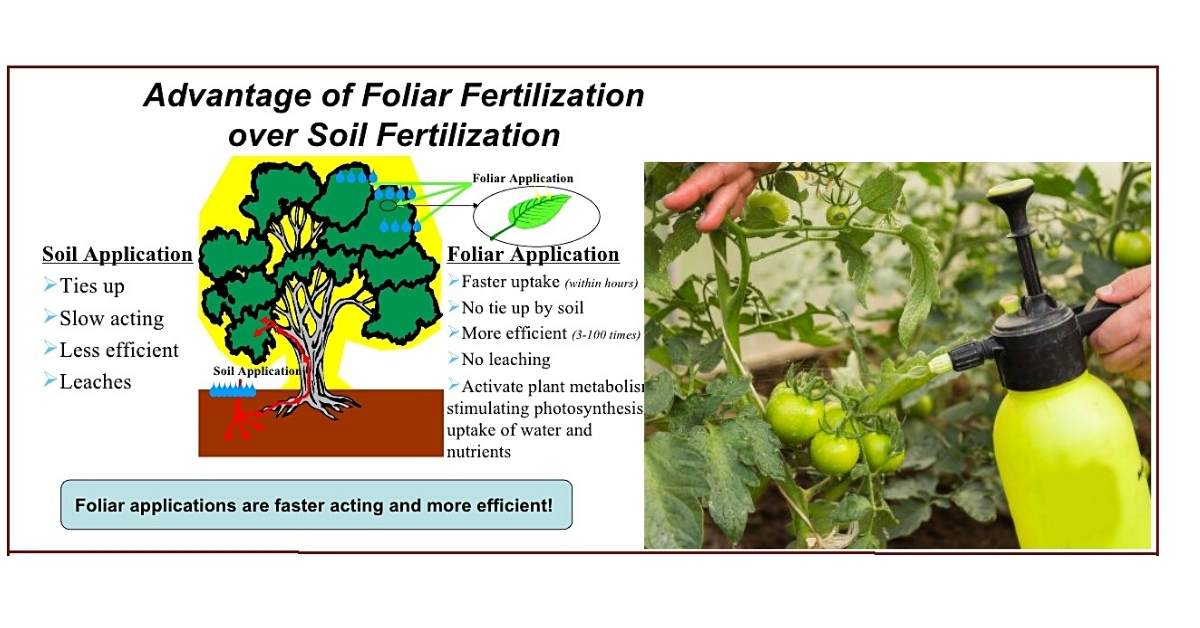
Water movement is up the plant from the roots to the leaf surfaces where it is transpired. The water carries with it the essential nutrient elements for distribution throughout the plant, including developing fruit.
If that flow is interrupted, essential element deficiency is likely to occur. For the tomato plant, this disruption can result in blossom-end rot occurrence in developing fruit as insufficient calcium (Ca) is being carried into the developing fruit.
However, it is not possible to supply the needed Ca to the fruit by applying a Ca-containing solution onto the plant foliage or even the developing fruit as little Ca is able to penetrate the leaf surface or developing fruit skin, and even if there is some absorption, Ca, as a cation, will not move into the plant for redistribution.
Foliar fertilization is the solution for this problem – have sufficient Ca in the rooting medium and be sure sufficient water is available for root absorption.
Tomato Fruit Yield and Light Intensity
A hydroponic greenhouse tomato grower remarked that his fruit yields were lower this summer than in the past, and quality was also poor due to small fruit size. Why? This summer was one of the wettest on record, with many cloudy days and long periods of low sunlight intensity.
The tomato plant is sensitive to sunlight intensity and day length as it impacts the rate of photosynthesis. The result is reduced flower and fruit set and slow fruit development.
What occurs is early maturity that then results in small fruit size. If supplemental lighting is used, it should be to increase the day length rather than trying to enhance the light intensity during the daylight hours.
Preparing the Garden Soil For Tomatoes
Prepare your garden soil for planting as the growing season approaches. The first step is to have the soil tested and follow the lime and fertilizer recommendations given. Broadcast the lime, if required, and let the soil stand for at least 2 weeks—water in if there has not been raining.
Divide the fertilizer recommendation in half and broadcast. Hand spade the soil to the greatest depth possible. Don’t rototill the soil as this method of tillage will destroy the natural soil structure.
Broadcast the remaining fertilizer and till into the soil surface by deep racking or shallow spading. When the soil temperature is at least 60F at the 3 to 4-inch level, set the tomato transplants. The earlier, after the last expected hard frost, the tomato plants are set, the earlier the plants will set fruit, and the total fruit yield for the season will be the greatest.
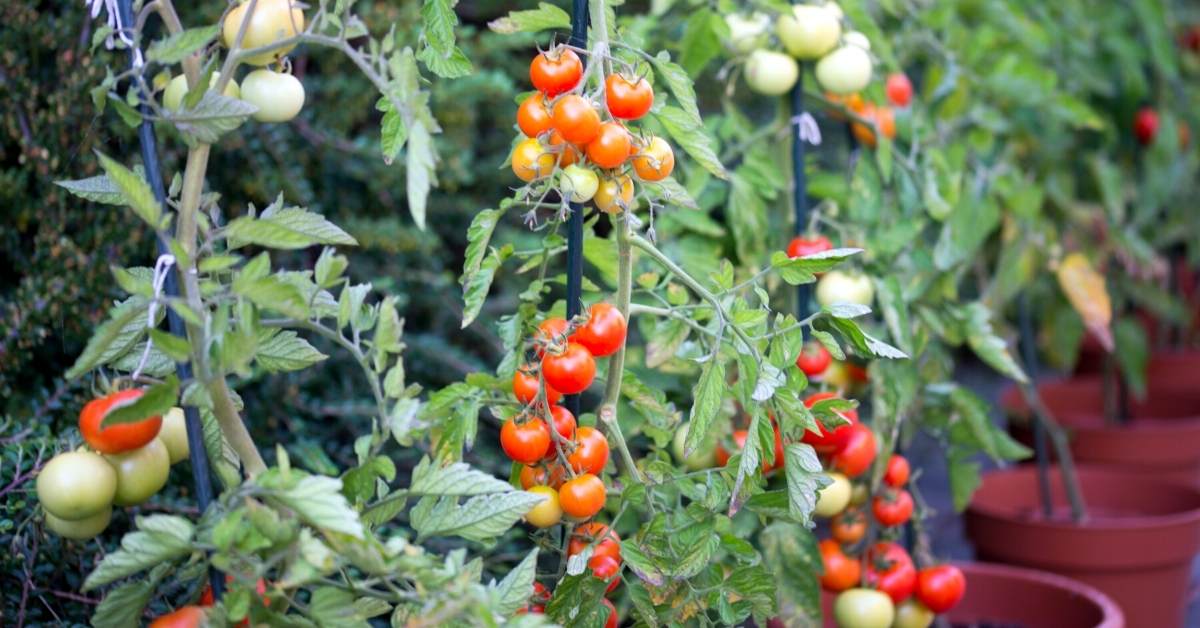
Is Tomato Skin Color Related to Fruit Flavor
Can one use the skin color of tomato fruit as a means of judging fruit flavor? The general answer is no, as skin color is a genetic factor; although with fruit ripening, the intensity of the skin color increases – whether red, pink, or yellow.
Selecting a tomato fruit with a bright red skin color does not automatically mean a high flavor tomato fruit. So, how does one determine when a tomato fruit is at its full flavor peak? Not easy to do.
The consumer needs to know at what stage of development was the fruit harvested, for the longer the fruit remains on the plant, the greater the potential for full flavor. That is why sellers advertise their tomato fruit as being “vine ripe.” Unfortunately, being vine-ripened renders the fruit not easy to ship without damage or spoilage.
Want to eat a high-flavored tomato fruit? Then grow your own, and don’t remove fruit from the vine until it looks like it might be beginning to spoil.
Fruit Disorder Caused by Irrigation Method
A tomato grower sent an email with an attached photograph of a tomato fruit that was showing a surface disorder symptom, asking, what is the disorder? And what was needed to correct the problem so as not to affect future produced fruit?
The fruit disorder was sunscalded. The grower was using an overhead sprinkler system that left droplets of water on the tomato fruit surface. During the intense daylight hours, sunlight was hitting the water droplets, which acted as mini-magnifying glasses, intensifying the impacting radiation, thereby giving rise to the “sunscald” disorder.
The solution, either to find another irrigation method or, when using the sprinkler system, do so in the evening hours. Hopefully, when the morning sun hits the fruit, any water droplets on the fruit will quickly evaporate before high sunlight intensity occurs.
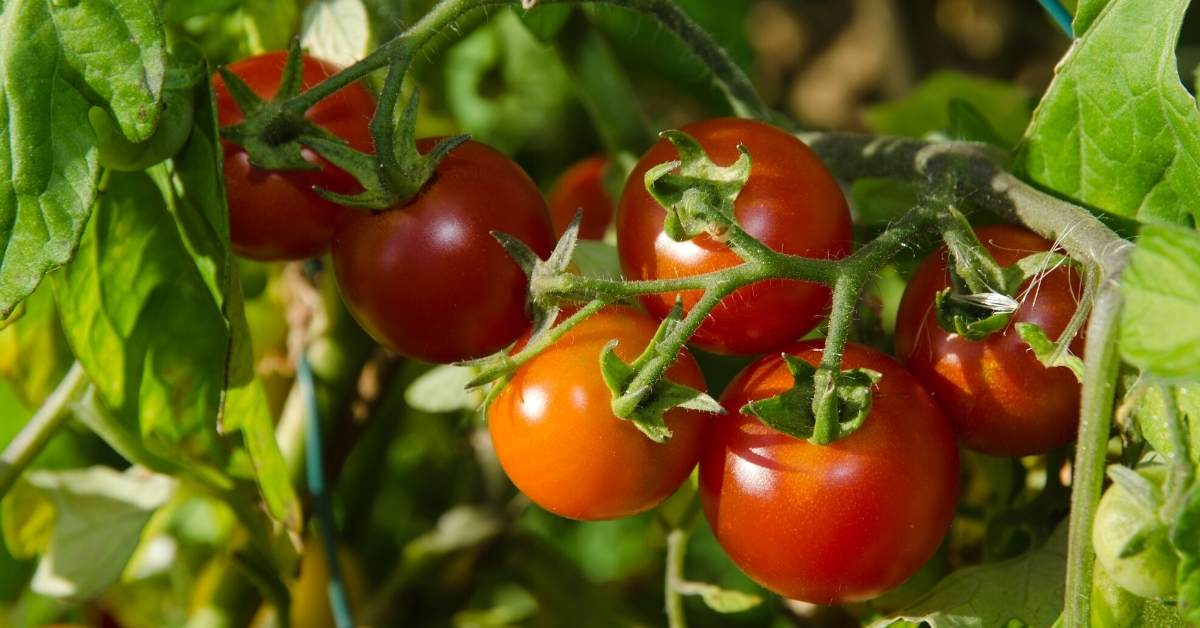
Tomato Plant Variety Selection
Growers today have a range of tomato plant varieties to choose from in terms of plant characteristics, such as determinate and indeterminate, and early and late season fruiting habit; tomato fruit type, such as beefsteak, cluster, cherry, etc.; fruit color, such red, pink and purple, and disease resistant.
But what about a varietal character in terms of adaptation to the soil in which the tomato plant will be grown and the accompanying environmental conditions, such as light intensity, day length, wind, rainfall distribution, and air temperature?
Selecting a tomato plant variety based on plant type, fruit characteristics, and disease resistance may result in poor plant performance and disappointing fruit yield and quality when the selected variant is not suited to the growing conditions, such as high or low soil pH, low soil fertility, and stress created by high air temperatures, wind, and periods of inadequate rainfall.
I was asked why the tomato yields a grower was obtaining were not what he had experienced at another location. My response was, maybe the variety being grown is not suited to the soil and environmental conditions at his current location.
Unfortunately, many tomato varieties are not identified on the basis of their adaptation to a particular soil and environmental conditions, resulting in grower disappointment as a result of poor performance.
In addition, the grower may also be at fault for not determining soil fertility status and not considering environmental factors that may not be suited for the variety selected.
Tomato Plant Genetic Bio-Instability
A grower may not be aware that the tomato variety he is growing may lack genetic bio-stability. Therefore individual plants may exhibit different characteristics among the same genetic population that is exhibited as varying plant characteristics and fruit yield and quality.
Individuals in the same population may exhibit visual symptoms when the plants are under stress, such as wilting or a nutrient element deficiency symptom, not exhibited by all the plants in the entire population. Such characteristics may be more prevalent in what are known as “open” pollinated varieties (among heritage varieties).
However, some hybrid varieties may have similar traits, but to a lesser degree depending on the varietal lines selected to generate the hybrid. Breeders may be aware that such variances exist, and their method of crossing and selection may be designed to minimize such variances that may exist in the final varietal plant selection.
Growers who are disappointed in their tomato plants’ growth, fruit yields, and quality characteristics should carefully examine their plants by looking for visible variances, such as leaf color, leaf and flower trust spacing, flowers per trust, and fruit numbers and size each trust.
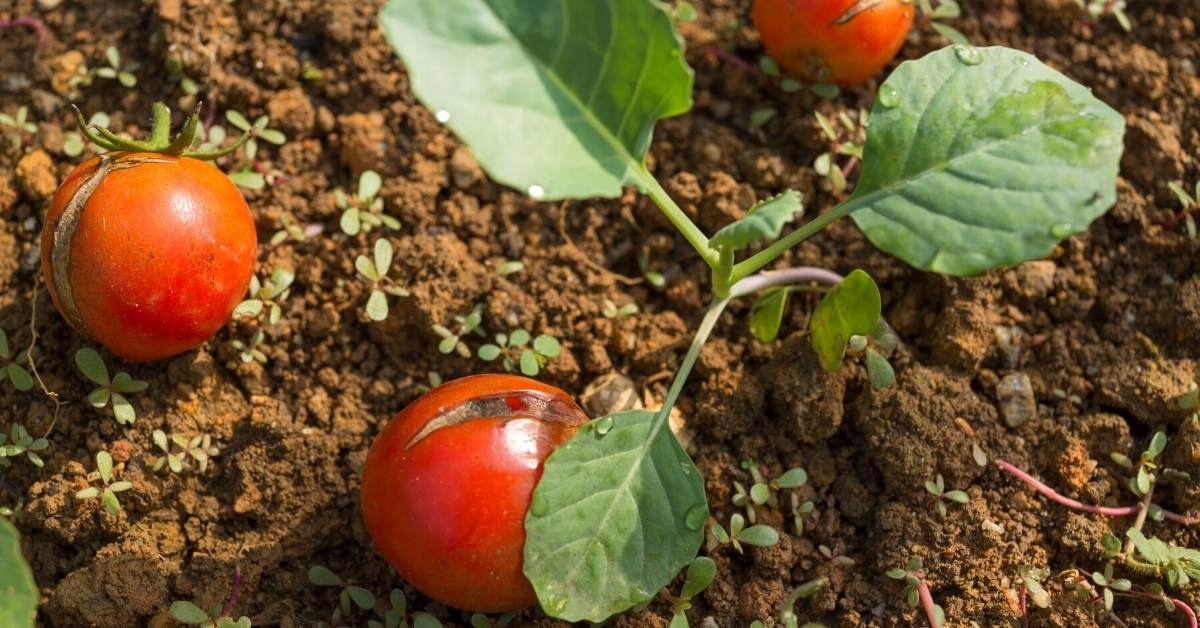
Matching Light Characteristics and Variety
Growing tomatoes under generated light or supplemental lighting in a greenhouse? What are the light intensity and spectrum characteristics of the lights being used? You need to know if the increased yield of high-quality fruit will recover the cost of generating that light.
Remember that tomato varieties are bred and selected under a particular set of lighting conditions, so what were those conditions? A particular variety may not be positively responsive to the light conditions under which your tomato plants are being grown.
Even under natural sunlight due to the greenhouse glazing, whether glass, polyethylene sheeting, or polycarbonate panels have different light-transmitting characteristics? Tomato plant growth characteristics will be different under these various light-transmitting properties as well as added supplemental lighting.
What may be given in the catalog as a particular variety’s growth and yield characteristics may not be obtained? If not, then your light conditions may be the reason. Therefore, it may take testing on your part to find that tomato variety that will give you the fruit yield and quality desired. Good hunting.
Match Tomato Variety with Growing Conditions
When making a tomato variety selection, it is important to match the varietal characteristics with the growing conditions since such matching will result in the best fruit yield and quality outcome. For example, an early variety selection may be tempting in order to obtain harvestable fruit early in the season.
Still, frequently early season varieties, although tolerant of cooling, low light intensity conditions, will do poorly in warm to hot conditions and when light intensity is high. Therefore, one might be disappointed when few fruits are set as the seasonal conditions change.
Heirloom (heritage) varieties have attracted considerable attention, but remember, some have poor disease and insect resistance, with many also lacking tolerance to moisture and temperature stress conditions.
Heirloom varieties may also require more attention and care, protecting from environmental extremes and giving attention to cultural procedures, such as suckering and cluster pruning, as well as removing senescing leaves to prevent disease organisms from gaining a foothold.
So, select only those varieties that match the environmental conditions they will be grown under.
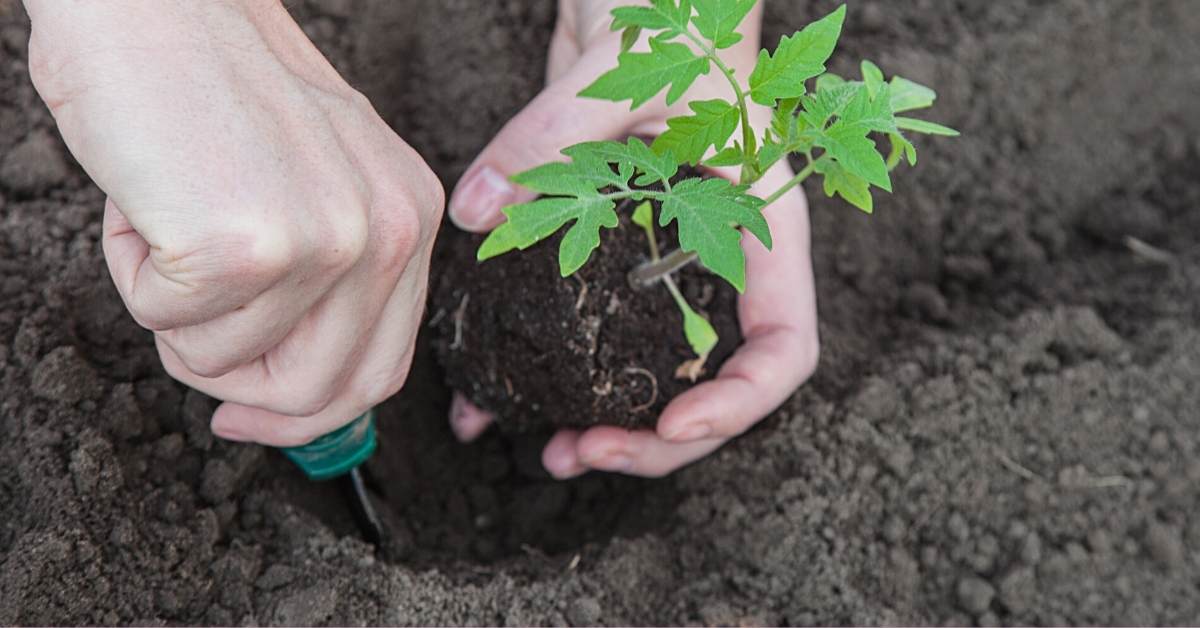
Greenhouse Tomato Essential Production Requirements
The greenhouse must have a moveable shade that can be pulled over the plant canopy when high radiation intensity. Conditioned air flow must be only up through the plant canopy, air whose carbon dioxide content is constantly maintained at the ambient level and relative humidity less than 50% at all times.
Conditioned air is best obtained from an adjacent air handling facility that collects the canopy air from the greenhouse gable for conditioning. Supplemental lighting is only needed to extend the daylight hours. The hydroponic growing system must be a sub-irrigation system that maintains constant water and nutrient element availability.
The plant nutritional status requires continuous monitoring to ensure that nutrient element sufficiency is being held. Attachment to the plant support system, suckering, cluster pruning, and removal of senescing leaves must be done daily, with plant material collected immediately removed from the greenhouse.
Pollination is by the use of bumblebees. Harvest fruit that maintains a constant number of developing fruit on the plant.
I hope this long article for preparing garden soil for tomatoes, choosing the right varieties helps you to answer your questions.
